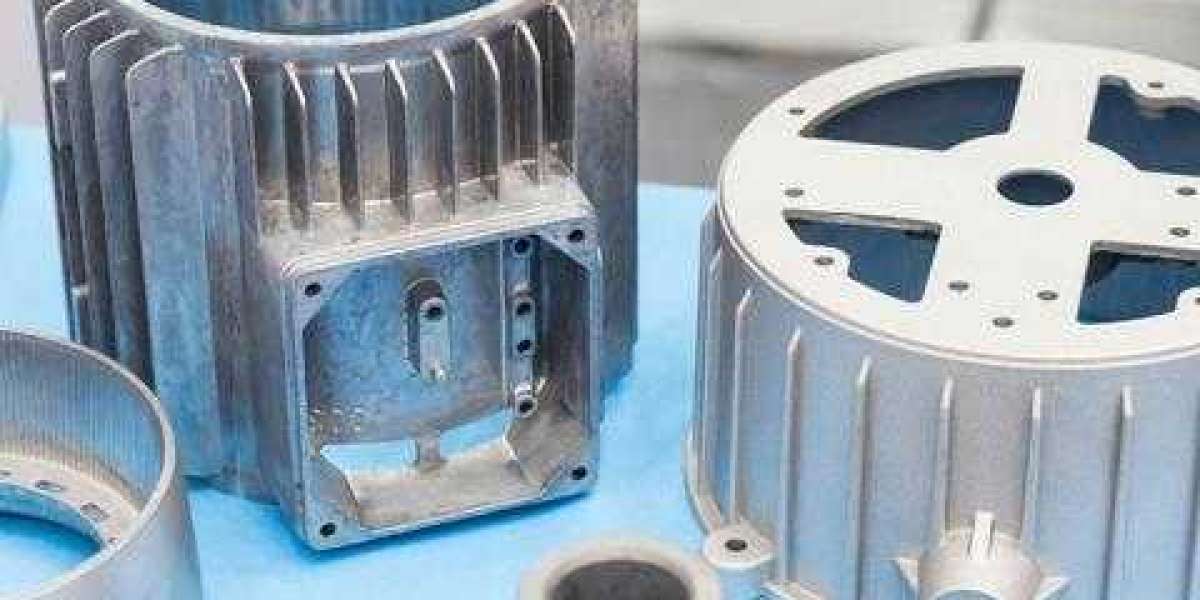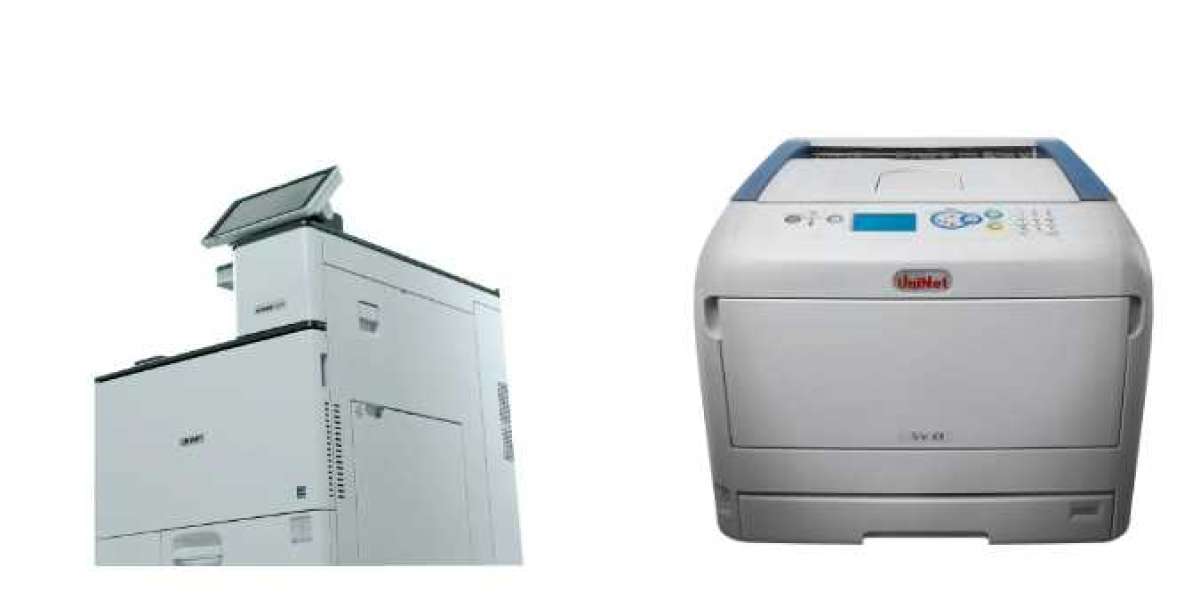Automotive casting plays a crucial role in the manufacturing process of vehicles, providing the foundation for various components like engine blocks, transmission cases, and more. Mastering this craft requires a deep understanding of materials, processes, and precision. In this guide, we'll delve into the intricate world of automotive casting, offering insights, tips, and techniques to enhance your expertise.
Understanding the Basics of Casting: Casting is a manufacturing process where a molten material is poured into a mold, allowed to solidify, and then extracted to form a desired shape. In automotive casting, metals like aluminum, iron, and steel are commonly used due to their strength, durability, and machinability.
Types of Casting Processes:
Sand Casting: This is one of the oldest and most versatile casting methods. It involves creating a mold from compacted sand, then pouring molten metal into it. Sand casting is cost-effective and suitable for producing large, complex automotive components.
Die Casting: Die casting utilizes reusable metal molds (dies) to produce intricate parts with high dimensional accuracy. It's ideal for mass production of components like engine housings, steering components, and wheels.
Investment Casting: Also known as lost-wax casting, this process involves creating a wax pattern, coating it with a refractory material, and then melting away the wax to leave a hollow mold. Investment casting is valued for its ability to produce parts with intricate details and fine surface finishes.
Permanent Mold Casting: In this method, metal molds are used repeatedly to cast multiple parts. Permanent mold casting offers better dimensional accuracy and surface finish compared to sand casting.
Materials Selection: The choice of material depends on various factors such as component function, operating conditions, and cost. Aluminum alloys are commonly used in automotive casting due to their lightweight properties and good corrosion resistance. For high-stress components like engine blocks, ductile iron or steel may be preferred for their superior strength.
Process Optimization: To achieve optimal casting results, it's essential to optimize various parameters such as pouring temperature, mold design, gating system, and cooling rate. Simulation software can help predict potential defects like porosity, shrinkage, and distortion, allowing for adjustments before actual production.
Quality Assurance: Quality control measures are crucial to ensure the integrity of cast automotive components. Non-destructive testing techniques such as X-ray inspection, ultrasonic testing, and magnetic particle testing help identify defects without damaging the parts. Additionally, dimensional inspections using coordinate measuring machines (CMMs) verify compliance with design specifications.
Environmental Considerations: As the automotive industry shifts towards sustainability, casting foundries are adopting eco-friendly practices to minimize environmental impact. This includes recycling scrap metal, optimizing energy usage, and implementing closed-loop water systems to reduce waste.
Conclusion: Mastering automotive casting requires a blend of technical expertise, creative problem-solving, and attention to detail. By understanding the fundamentals of casting processes, selecting the right materials, optimizing production parameters, and prioritizing quality assurance, manufacturers can consistently deliver high-quality automotive components that meet industry standards and customer expectations.



